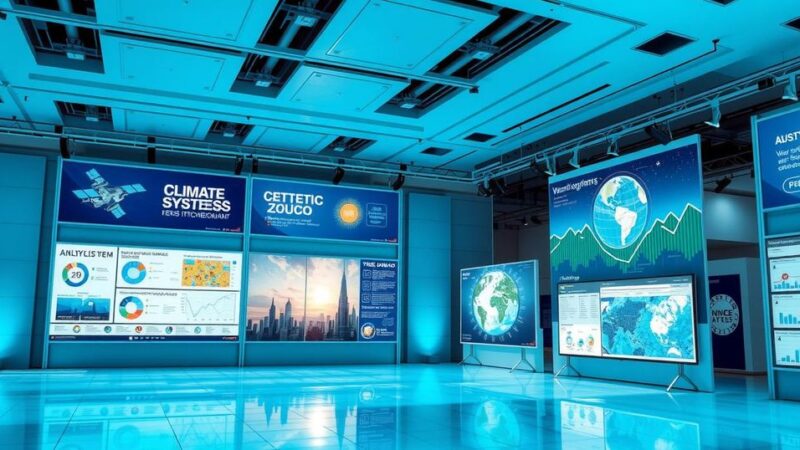Mount Washington Observatory’s weather equipment has been installed on Mount Aconcagua, the highest peak in the Americas. A team of scientists deployed the sensors to enhance weather monitoring and aid in climate research to address severe drought conditions in the region since 2010. This collaboration will improve understanding of the water cycle and assist policymakers in managing water resources.
Weather equipment designed at the Mount Washington Observatory has been installed on Argentina’s Mount Aconcagua, the tallest peak in the Americas. In February, a team of scientists and climbers successfully summited the mountain and set up a weather station equipped with advanced sensors for monitoring meteorological conditions, including a wind speed sensor developed at the Observatory.
Keith Garrett, the observatory’s technology director, noted that the original sensor was engineered to function independently for one year on Mount Everest before it was refurbished and transported to Aconcagua. The cylindrical device is specifically designed for extreme, icy, and windy conditions, requiring significant energy to prevent ice accumulation.
Garrett emphasized the challenges of adapting the sensor to minimize its components for successful operation in remote areas without power supply. Mount Washington served as an excellent training site for the expedition, where leaders practiced setting up the equipment in cold conditions while wearing thick gloves to acclimate to the environment before facing Aconcagua.
Garrett remarked on the extreme weather on Mount Washington, stating, “From what I know, there are very few places on the planet that even come close to the extremes and the regularity of the extremes that we experience pretty much every month of the year.”
The newly installed equipment will enhance weather forecasting capabilities and enable researchers to collect vital data regarding the water cycle in the central Andes—an area that has endured a severe drought since 2010. Baker Perry, a climatologist and expedition leader from the University of Nevada, stated, “This ground-breaking scientific project will allow researchers and policymakers to better understand water resource availability as water storage in glaciers and seasonal snowpack continue to decline.”
Aconcagua’s weather station will integrate with a network of additional stations in the Argentinian Andes to further support climate research and improve monitoring efforts in the region.
In conclusion, the deployment of advanced weather monitoring equipment from Mount Washington Observatory on Mount Aconcagua marks a significant step in understanding climatic conditions in the Andes. With the region facing persistent drought, the data collected will provide essential insights for research and policy-making regarding water resource management. This collaboration showcases the importance of technical innovation in extreme environments and its potential impact on global climate knowledge.
Original Source: www.nhpr.org






